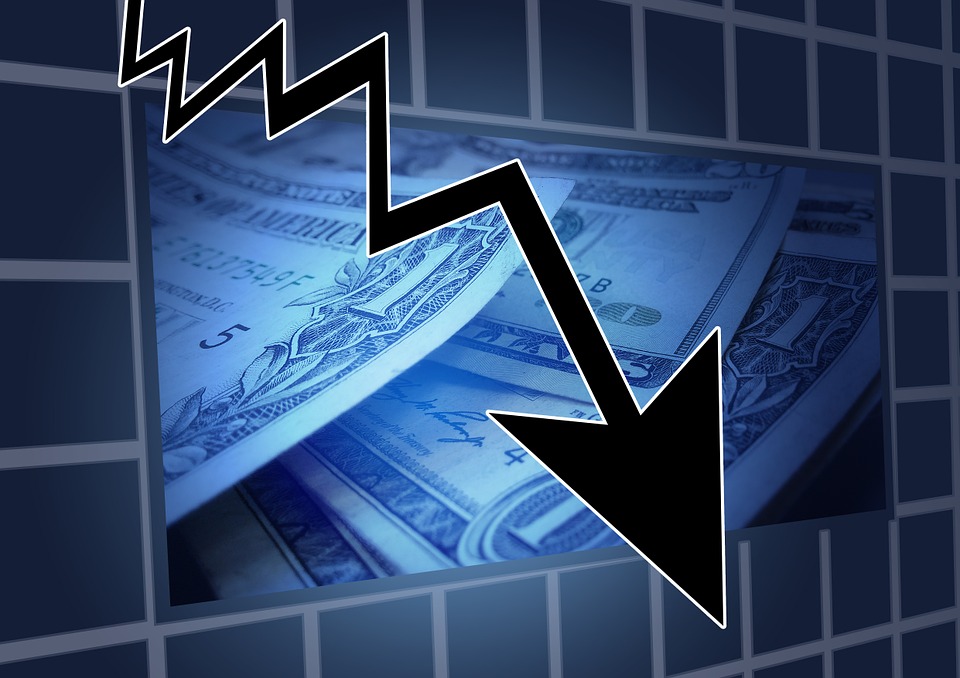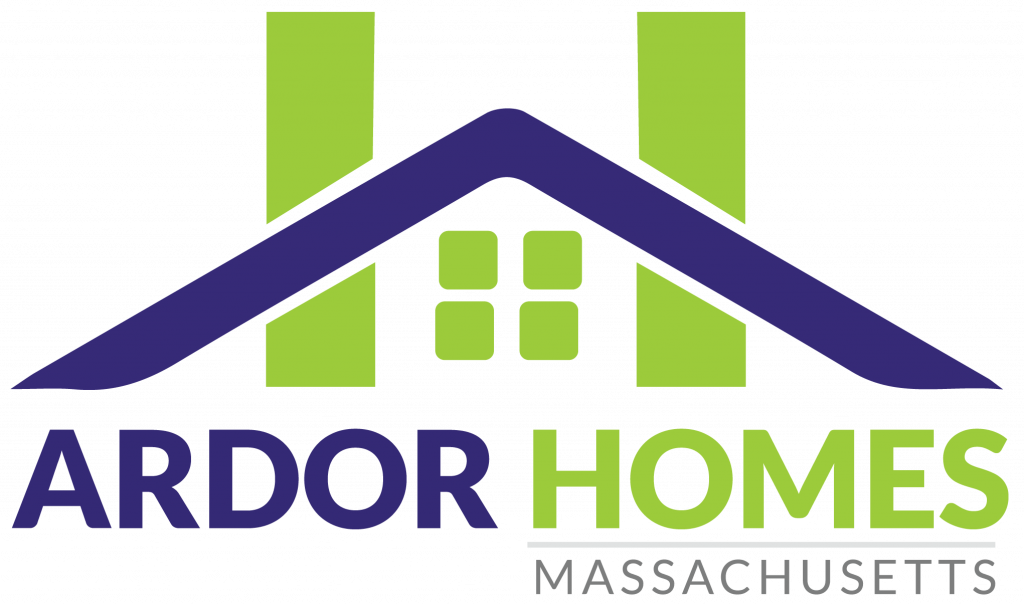
Negative amortization is a common occurrence in real estate. It can be a source of stress for buyers who might not understand how their mortgage works.
The good news is that negative amortization mortgages are becoming less common as lenders look for ways to avoid the risk of losing money on them. This article will explain negative amortization and how it works, so you can make an educated decision if this type of mortgage would be right for you.
What is Amortization?
Amortization is the procedure of settling off your loan over time. It’s similar to how you might repay a credit card with regular payments. In addition to these regular payments, you’ll also have some fees and accrued interest added to the loan principal every month.
What is Negative Amortization?
So, what is negative amortization in real estate? Negative amortization occurs when the loan balance increases over time. This is achieved by the unpaid interest portion of your monthly mortgage payment being more significant than what is due in the loan principal.
The excess loan amount will become part of your new principal balance for the following month. This increases it even more until you eventually reach a point where no money has been applied to pay off your debt.
How Does a Negative Amortization Work in Real Estate?
The negative amortization of a loan is something you can see in action by looking at your outstanding loan balance. Over time, the loan balance will grow and never decrease. The principal portion of your fully amortized payment will impact your total amount of interest rate but not the actual principal amount you owe to the bank.
If you take out a mortgage loan with a 20% down payment, for example, and make small payments on it for 20 years at 4% interest. Then after two years, you’ll still be paying only 2% of what’s due each month. Even though 50% of your principal amount has been paid off.
Mortgages that Feature Negative Amortization Loans
You might be wondering what kinds of loans feature negative amortization and how they differ from one another. The first thing to know is that there are two main types of mortgages with this feature:
Payment Option Adjustable Rate Mortgages
Payment Option Adjustable Rate Mortgages are also known as payment option ARMs. They feature a fixed interest rate for a certain period, then adjust to a market rate.
Depending on financial circumstances, payment options allow borrowers to adjust their monthly payments up or down. This is usually done by making extra principal payments or increasing payments.
Though this may seem like it would be beneficial for people who want more control over their finances and the ability to pay off their mortgage faster. Remember that some severe downsides need to be considered before choosing this type of loan:
- You will pay a higher interest rate than you would get with fixed rate mortgages.
- Your loan payments can be unpredictable and may increase over time.
- If interest rates go up, so will your loan payments.
- If the loan is paid early, you may have to pay a prepayment penalty.
Graduated Payment Mortgages
Graduated payment mortgage are fixed rate mortgages that also feature negative amortization loans. The borrower pays the same principal amount each month, but the payment is applied to the outstanding principal balance.
This allows for a lower initial monthly payment but will result in a higher total cost over time. In other words, you can think of this type of loan as paying off your house in installments rather than with one lump sum upfront like traditional mortgages.
The initial payments are lower because they’re mostly interest accrued. However, over time, more money will go toward paying off your principal balance instead of interest payment.
Thus, lowering your monthly payments. Graduated payment mortgages are usually considered hybrid since they combine features from loans: fixed rate and adjustable rate mortgages (ARMs).
The Purposes of a Negative Amortization
The purpose of a negative amortization loan is to allow the borrower to make larger payments throughout their loan. In addition, it’s primarily associated with the expectation that they will be able to pay off their debt in full within a reasonable period. It’s important to note that while this type of loan is often referred to as an interest only payment loan, it actually has two purposes:
To Lower the Mortgage Payment at the Start of the Loan Contract
A negative amortization loan is financing that allows you to reduce your mortgage payments at the beginning of the loan contract. This means reduced payments than what you owe on your loan, allowing you to pay off the principal and interest faster and increase cash flow.
You can repay the entire loan faster by raising it as you receive income from other sources. Another benefit is that there may be no prepayment penalty with adverse amortization loans. So there’s nothing stopping someone from paying off their entire outstanding balance if they want to, as long as it’s within specific parameters.
To Reduce the Potential for Payment Shock
The second purpose of a negative amortization loan is to reduce the potential for payment shock. Payment shock occurs when the borrower’s monthly payment is higher than they can afford, leading to late payments that may cause a declined mortgage.
When this happens, it can cause problems with their credit score and prevent them from refinancing their home or buying another one in the future. The adverse amortization helps by reducing the principal amount of interest owed on each monthly payment, allowing you to make loan payments on time without feeling overwhelmed by your outstanding loan balance.
The Disadvantages of a Negative Amortization Loan
While negative amortization loans are a helpful tool for many homeowners, it also has disadvantages. These include:
- The unpaid interest is added to the outstanding principal balance. This makes your loan more expensive and may lead you to owe more than your home itself is worth if you sell it.
- Your monthly payments can be very high compared with another loan with standard amortization periods.
- You might be unable to afford your new monthly payment after refinancing or selling your home, even if you’ve made money on it.

Why Do Borrowers Choose Negative Amortization Loans?
While a borrower may be tempted to select a negative amortization loan, they must be aware of its cons. Adverse amortization loans are not all bad, however. They can be beneficial in certain situations and for specific borrowers. For example:
If You’re Unable to Pay the Loan Balance
Some borrowers choose negative amortization loans if they cannot pay the loan balance and unpaid interest. This is because you can avoid paying principal and interest with these types of mortgages. And when you do have to start paying more towards the principal balance, it will be minimal at first.
In other words, if you don’t make any extra payments on your mortgage. Then nothing will likely happen until after 30 years (or longer) when you reach zero outstanding balance of the loan.
So why would anyone want this type of loan? Well, perhaps they want just enough extra cash flow to buy more property or invest in some other investment vehicle outside of the real estate.
If Your Payments are Less than the Monthly Interest Costs
You may be a borrower thinking of using negative amortization to get out of a high-interest-rate loan. In this case, you should know that you must be careful with this type of loan because if it goes wrong, it can go very wrong.
Borrowers use the adverse amortization if their loan payments are less than the monthly interest cost. This means they will not be paying off any principal on their loans monthly. Instead, they only pay off interest until they have paid more than enough interest for one month’s fully amortizing payment.
The problem is that your principal balance will increase rather than decrease after a while. Even if you continue making loan payments at least equal to what you would have paid under normal circumstances (mortgage payments).
How to Improve Your Negative Amortization?
The best way to improve your amortization is to make more than the minimum monthly payment. If you pay more than the minimum, it will be easier to pay off your loan early, saving you money in the long run.
You can also consider refinancing if you have other loans with high interest rates and are not making much progress on paying off a loan. Refinancing might allow you to consolidate several debts into one low interest loan and use that money toward paying off higher interest rate debts faster.
Conclusion
Negative amortization is a mortgage term that refers to the process of paying more interest than you usually would for your loan. When negative amortization happens, it indicates that your payments are insufficient to cover the interest payments on a loan. This means that your balance continues to grow as time passes and can be very problematic for homeowners unaware of how this affects them financially.
If you’re interested in improving your finances with expert guidance from a trusted real estate agent. In that case, feel free to reach out to HOMES by ARDOR today. We’d love to hear from you and help ensure everything goes as smoothly as possible.

In her 25-year career, Steph Wilkinson has been involved in the acquisition, marketing and sales of over $3 Billion dollars of residential real estate. A number of years ago, Steph transitioned into Brokerage Leadership for National real estate brands and tech start-ups. She has served as a Business Strategist for real estate agents and brokerages alike and is also a real estate coach and trainer. In her new role with the Iconic Team, Steph will be responsible for the growth of the team and will be working with all of our agents to increase their productivity and bottom line.





